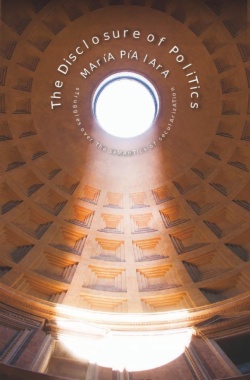Postmodern political critiques speak of the death of ideology, the end of history, and the postsecular return of religious attitudes, yet radical conservative theorists such as Mark Lilla argue religion and politics are inextricably intertwined. Returning much-needed uncertainty to debates over the political while revitalizing the very terms in which they are defined, María Pía Lara explores the ambiguity of secularization and the theoretical potential of a structural break between politics and religion.
For Lara, secularization means three things: the translation of religious semantics into politics; a transformation of religious notions into political ideas; and the reoccupation of a space left void by changing political actors that gives rise to new conceptions of political interaction. Conceptual innovation redefines politics as a horizontal relationship between governments and the governed and better enables societies (and individual political actors) to articulate meaning through action—that is, through the emergence of new concepts. These actions, Lara proves, radically transform our understanding of politics and the role of political agents and are further enhanced by challenging the structural dependence of politics on religious phenomena.
- Contents
- Acknowledgments
- Introduction
- 1. The Semantics of Conceptual Change: The Emergence of the Concept of Emancipation
- 2. The Model of Translation: From Religion to Politics
- 3. Hans Blumenberg's Reoccupational Model: Conceptual Transformation
- 4. Blumenberg's Second Model: The Persistence of Mythical Narratives
- 5. Hannah Arendt's Model of the Autonomy of Politics: Semantic Innovation Through Religious Disclosure
- 6. Reinhart Koselleck's Model of Secularization: The Enlightenment as Problematic
- 7. Jurgen Habermas's Innovation Model: Bringing Justice Into the Domain of Politics
- 8. The Disclosure of Politics Revisited
- Notes
- Bibliography
- Index

